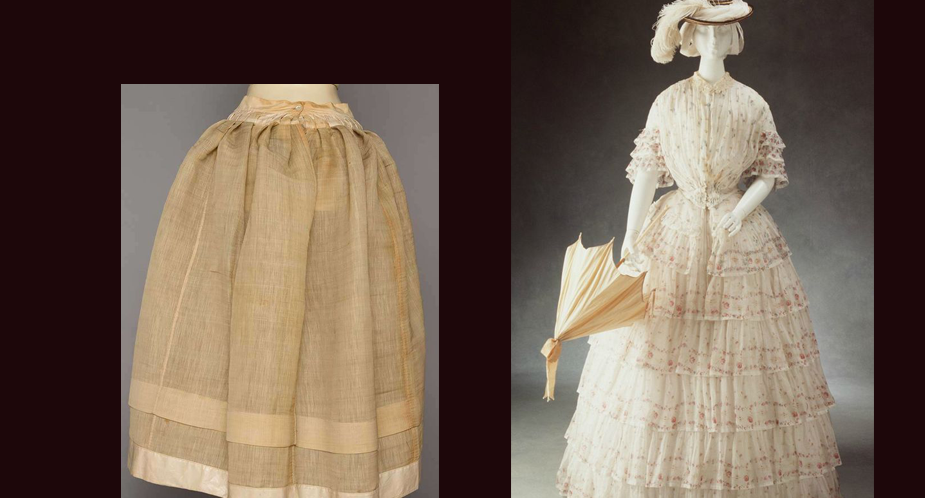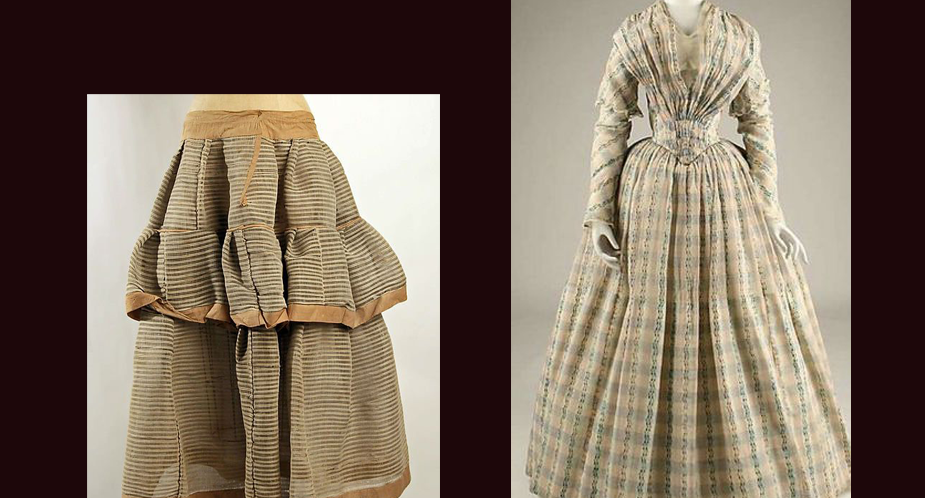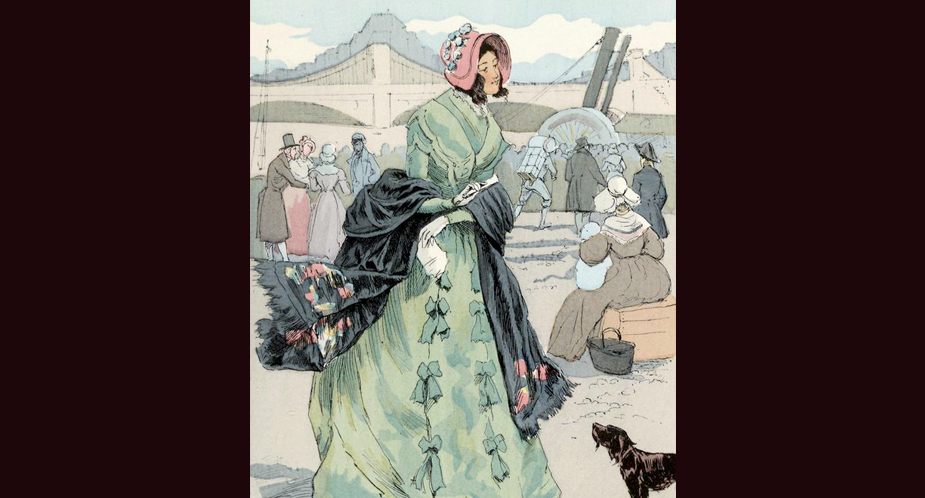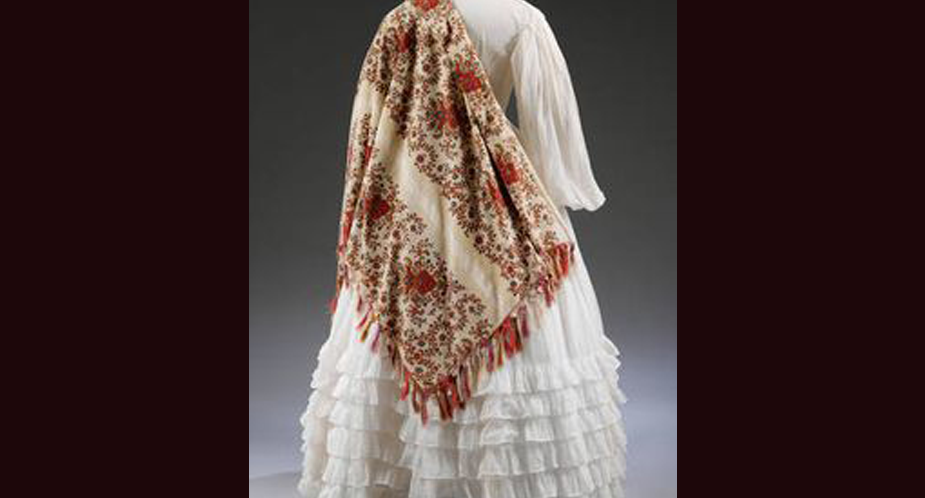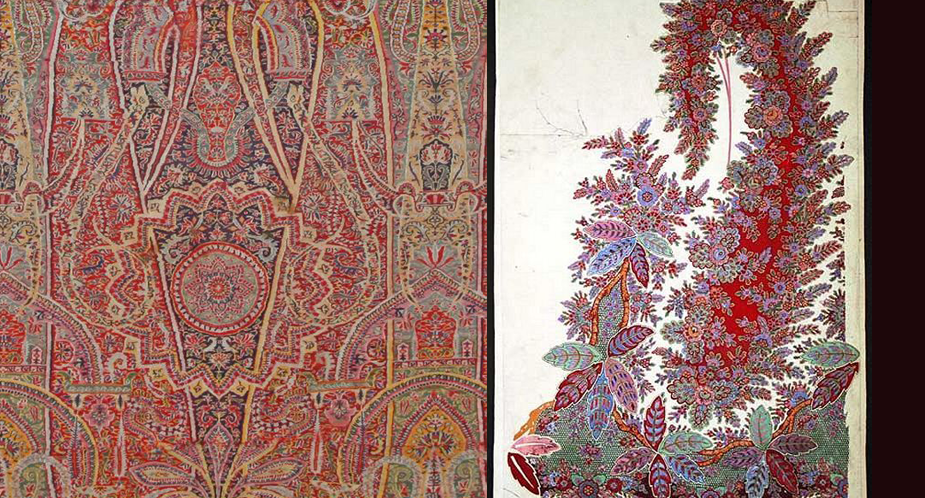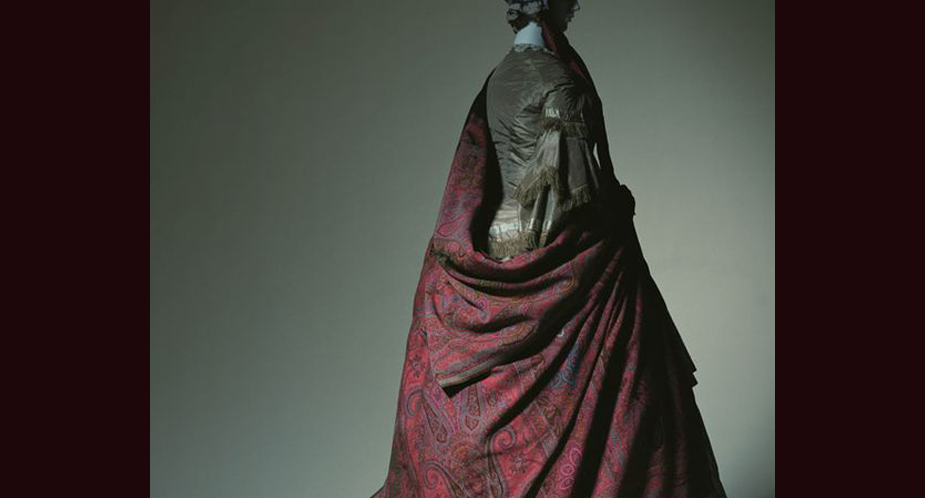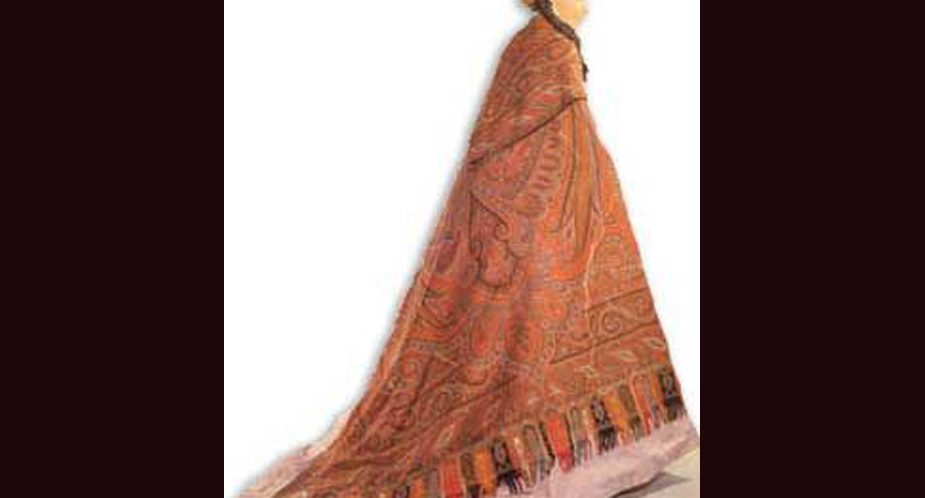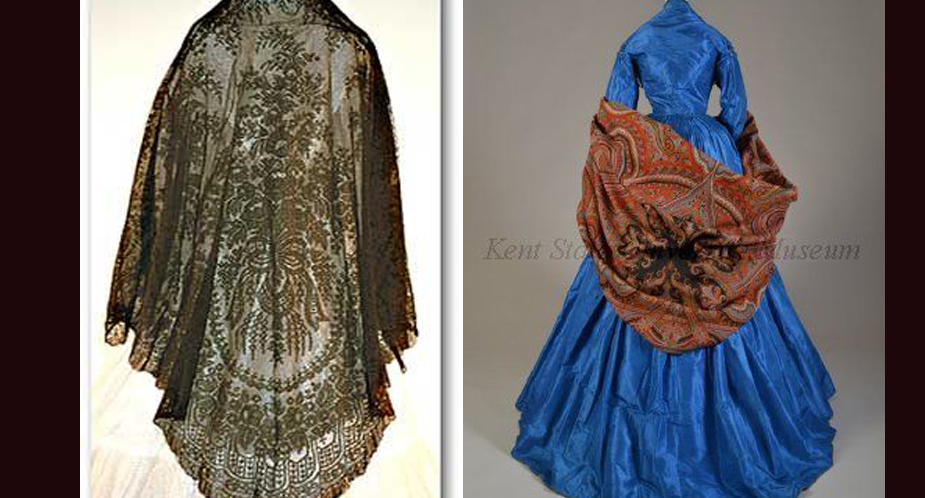This coming Saturday, September 29th, the Buffalo Gals are presenting “A Fashion RePast” – historical fashion show about food, family, and fashion. 10-11:30 with slides & music before and after. Free (donations for The Gals) at door & open to the public. Cody Longterm Care Center, same building as West …


